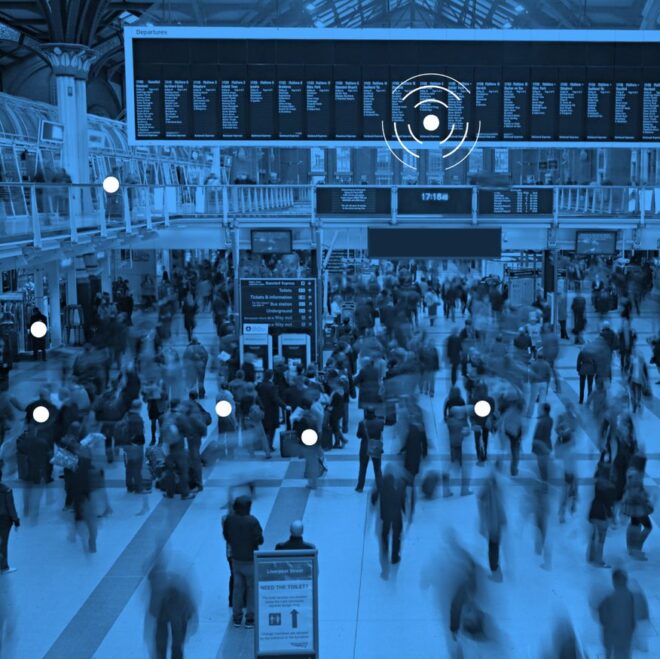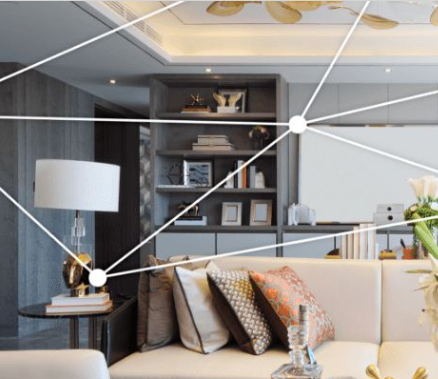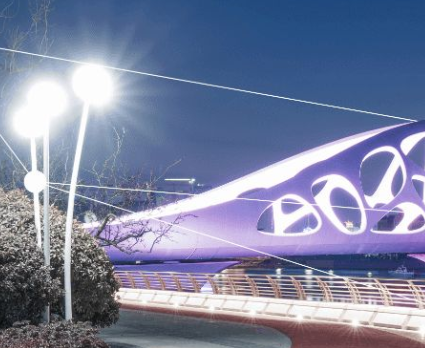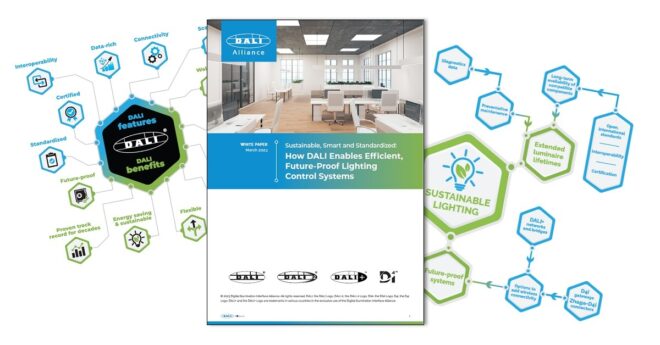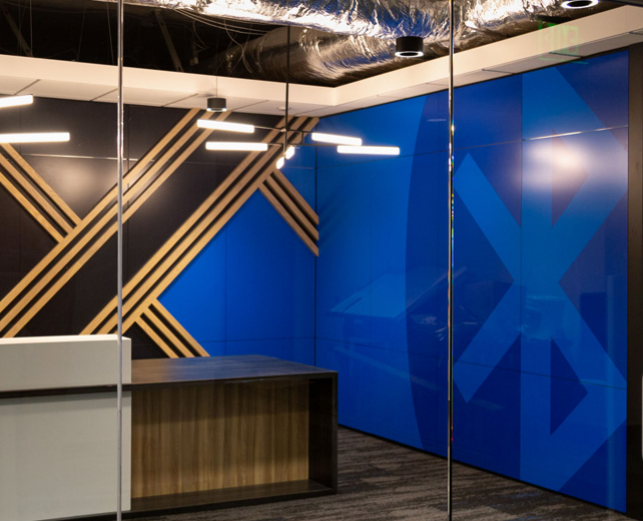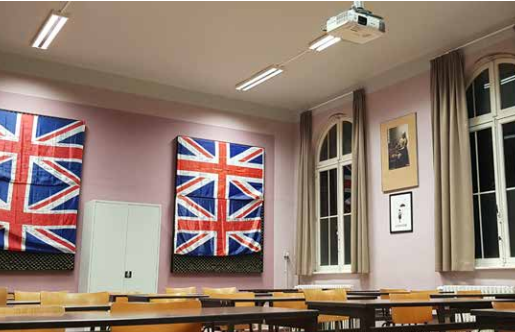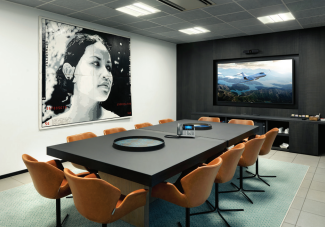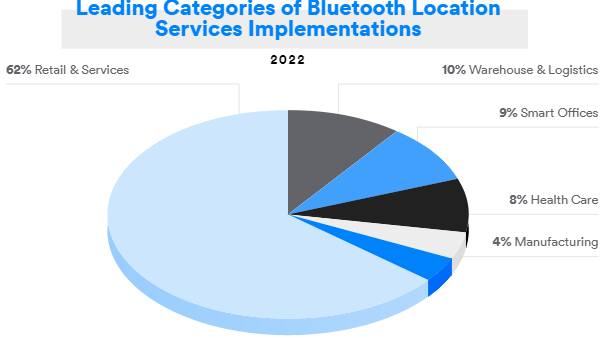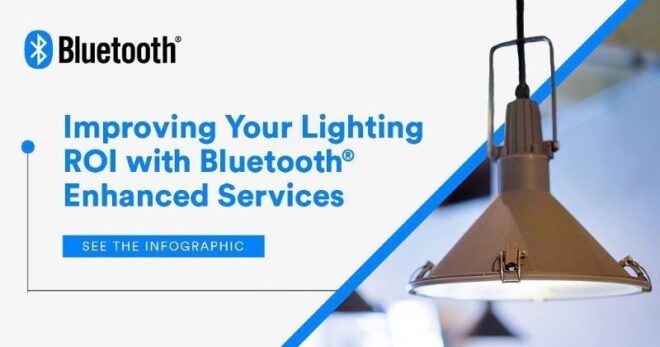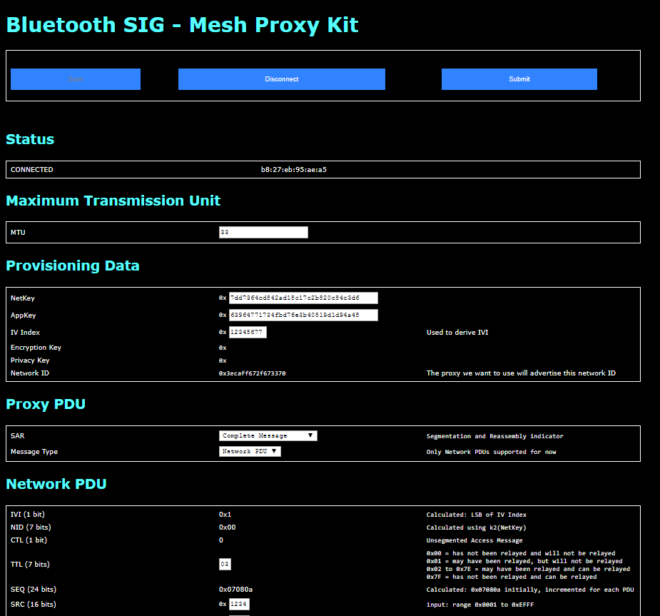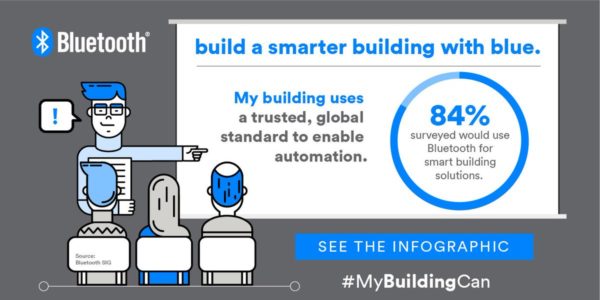The Expanding Role of Bluetooth in Smart Buildings
The 2017 release of the Bluetooth® Mesh specifications have paved the way for the emergence of connected lighting as the key use case in building automation. One of the driving forces behind the momentum in connected lighting is the added benefit of leveraging that same Bluetooth wireless lighting grid as a platform for additional services.
According to ABI Research, by 2021, 40 percent of all connected end points will be smart lighting based. In fact, retail, healthcare, airports, and museums are all early case studies for implementing this technology and have become proving grounds for the capabilities of Bluetooth technology in the smart building.
Lighting as a Platform
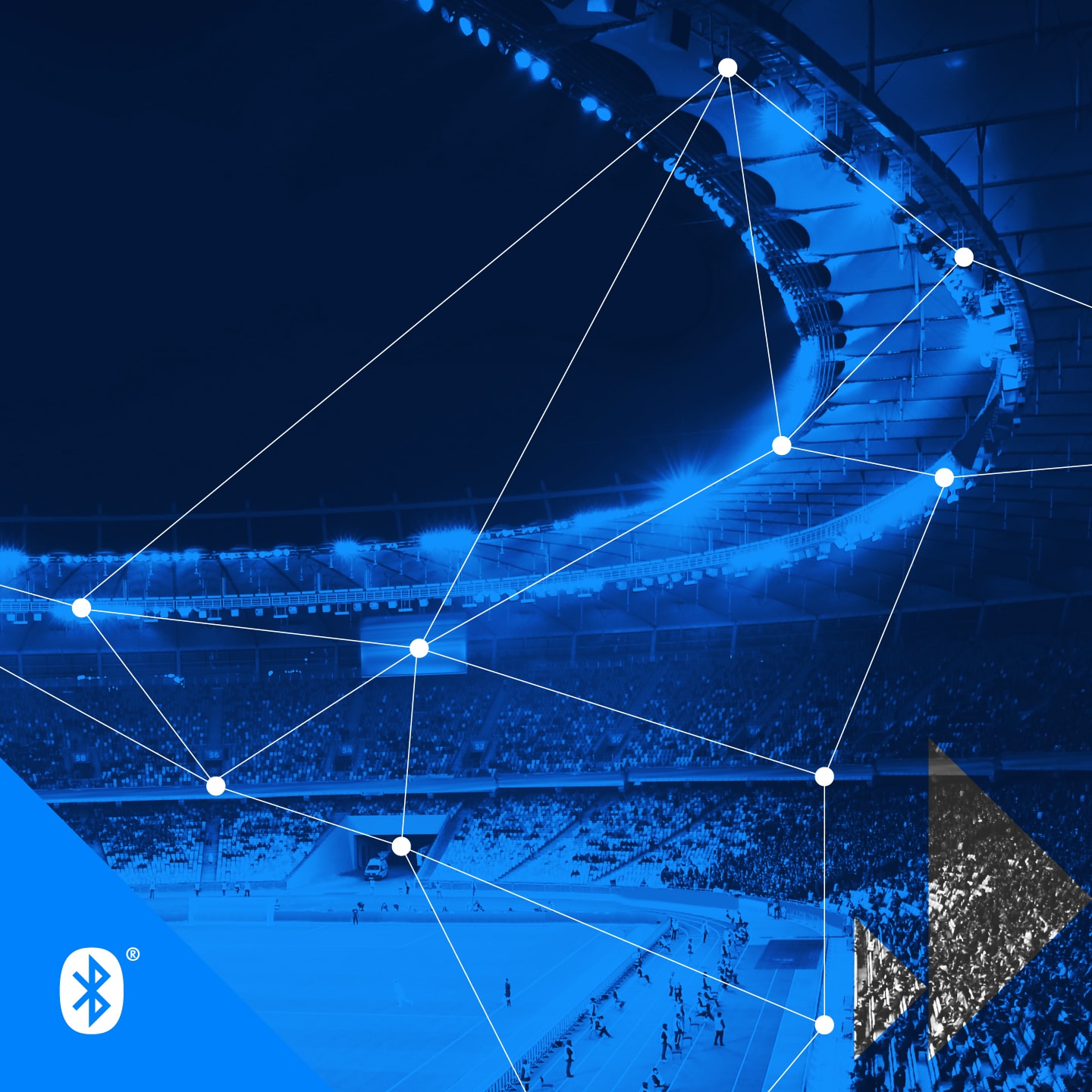
The transition and changeover to LED is already happening. Those conversations are over. Now, the discussion has evolved into identifying ways to future proof current deployments while getting more out of your investment. A whole new wave of smart building innovations is making it possible to get more out of the new LED fixtures and modules being deployed.
Development and planning is already in place to leverage lighting system as a natural grid for location services. Lighting companies and location services companies are working together to support additional services like way finding, asset tracking, point-of-interest solutions, and environmental sensing — all as part of the deployment of the lighting system.
Two recent case studies help illustrate the impact that a connected lighting platform can have on a building’s ability to deliver unique experiences and services to its occupants and visitors.
The Benefit of Beacons
The Van Gogh Museum in Amsterdam recently replaced their existing halogen lighting systems with Bluetooth enabled LED modules. In doing so, the museum’s lights are now controlled by Bluetooth enabled switches using EnOcean energy harvesting technology. Furthermore, overall deployment was simple. Two employees switched out 100 units in a single evening so that there was no disruption to the museum’s next-day operations.
The Van Gogh Museum also installed Xicato sensors, which use Bluetooth technology to broadcast data, including occupancy, lux levels, temperature, and humidity information to help staff understand and control the indoor environment. This is critical to preserving the museum’s priceless pieces of art. The luminaries, sensors, and gateways are all enabled as beacons, which allows the museum to offer wayfinding services to visitors and point-of-interest information based on where they are and what piece of art they’re viewing, all through the museum’s app.
Creating a Better Customer Experience
When remodeling their stores, Target (a major U.S.-based retailer) switched out their traditional overhead lights with LED lights. At the same time, Target installed Bluetooth beacons in the fixtures to enable location and wayfinding solutions that help customers navigate the store and find products faster and easier via the Target app. Once fully deployed, this will be one of the largest deployments for a lighting-based indoor positioning system.
According to Proximity Directory, 75 percent of the top 20 U.S. retailers have already deployed location services, and this trend is predicted to increase significantly over the next five years. By 2022, we can expect to see more than 400 million Bluetooth enabled location services devices shipping each year.
Lighting as a platform is just one way Bluetooth solutions are enabling smart building innovation. Watch the video above for a complete look at the expanding role of Bluetooth® technology in the smart building.
![]()
FEATURED DOWNLOAD
Enhancing Bluetooth Location Services with Direction Finding
A new Bluetooth Direction Finding feature allows devices to determine the direction of a Bluetooth signal, thereby enabling the development of Bluetooth proximity solutions that can understand device direction as well as Bluetooth positioning systems that can achieve down to centimeter-level location accuracy.


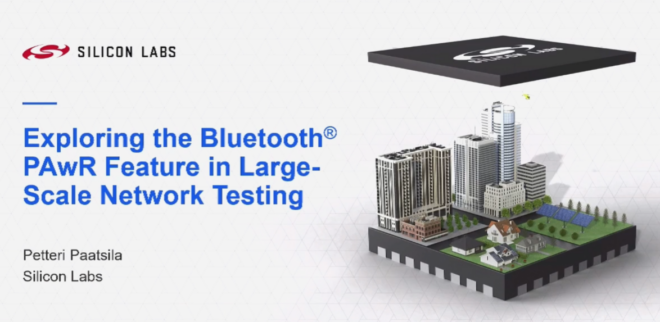


![shutterstock 1653733096[1]](https://www.bluetooth.com/wp-content/uploads/2024/03/shutterstock_16537330961-660x372.jpg)

